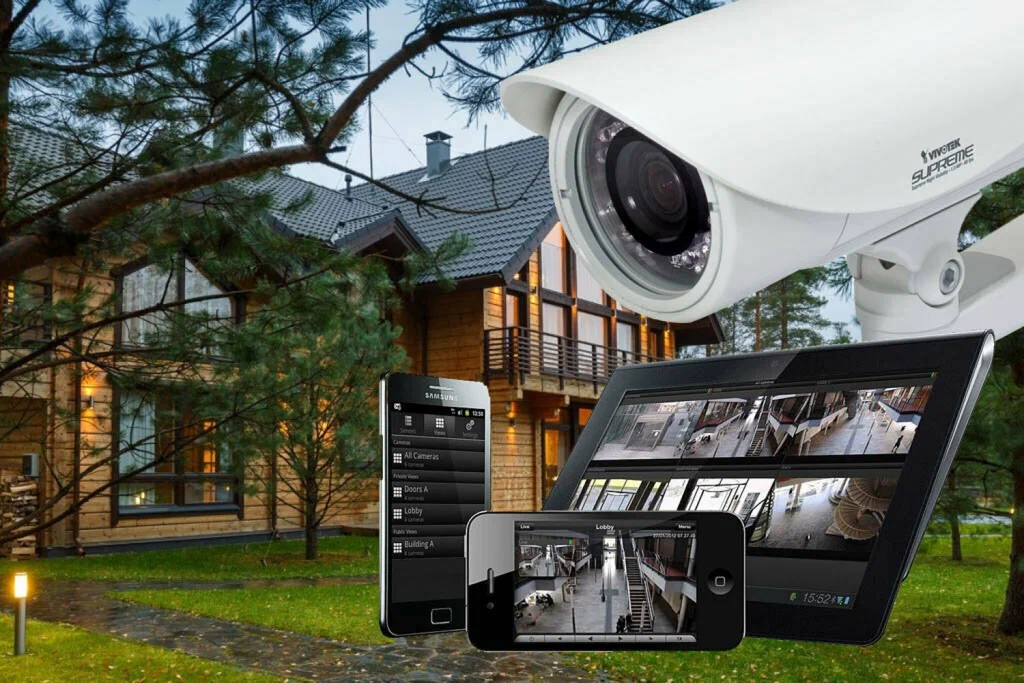When it comes to keeping your home or business safe and secure, investing in a video surveillance system is a smart choice. With so many options on the market, it can be overwhelming to choose the best one for your needs. In this guide, we will break down everything you need to know about video surveillance systems, from understanding your surveillance needs to the key features to look for when shopping for the perfect system.
Understanding Your Surveillance Needs
Identifying what you hope to achieve with a video surveillance system is crucial before diving into the myriad of options available. Begin by assessing the scope of the area you're looking to monitor. Is it the exterior of a property, the interior of a business, or a combination of both? The size and layout of the space will influence the type and number of cameras you'll need.
Next, think about the clarity of the footage you require. For some, high-resolution video is essential to identify details such as faces or license plate numbers, while others may only need a general overview of activity. Also, consider the importance of recording options. Do you need 24/7 continuous recording to capture all activity, or would motion-activated recording suffice to alert you to specific events?
It's also valuable to contemplate the conditions under which your system will operate. If you need surveillance during the night or in poorly lit areas, cameras equipped with night vision will be a necessity. Furthermore, understanding if your surveillance needs are primarily indoors, outdoors, or a mix of both will dictate the need for weatherproof cameras.
By thoroughly evaluating these aspects, you'll be able to tailor your search for a video surveillance system that aligns closely with your security requirements, ensuring you invest in a solution that truly fits your needs without unnecessary extras that don’t add value to your security objectives.
The Anatomy of a Video Surveillance System
At the heart of every effective video surveillance system lies a trio of critical components: cameras, a recorder, and a monitor. The cameras serve as the eyes of the operation, strategically placed to capture vital footage of designated areas. Whether mounted discreetly or in plain sight, these cameras are the frontline in the quest for security and surveillance. The recorder acts as the system's memory, diligently storing the video data captured by the cameras. This can be in the form of a Digital Video Recorder (DVR) for analog systems or a Network Video Recorder (NVR) for IP-based systems, each with its own set of advantages depending on your specific surveillance needs.
The monitor plays the crucial role of the window into your surveilled world, offering real-time visuals and playback capability. This enables immediate response to incidents as they occur and the ability to review past footage for investigative purposes. In the era of smart technology, many systems now offer the added benefit of remote access. This feature allows users to view live feeds or recorded footage from anywhere via internet-connected devices, providing an additional layer of convenience and reassurance.
Equipping your system with the right type of cameras is paramount. For exterior surveillance, weatherproof options are non-negotiable, ensuring your security apparatus remains uncompromised in the face of environmental challenges. For comprehensive coverage, the resolution and field of view of each camera must be carefully considered. High-resolution cameras are adept at capturing detailed images, essential for identifying individuals or specific activities, while a wide field of view ensures expansive areas are monitored effectively, minimizing blind spots within the surveillance domain.
Wired vs. Wireless Systems: Pros and Cons
Navigating the choice between wired and wireless video surveillance systems involves weighing distinct advantages and drawbacks pertinent to your specific security context. Wired systems boast enhanced reliability, drawing directly from a physical connection to ensure a stable data transmission without susceptibility to interference that can afflict wireless setups. The continuous, direct feed from camera to recorder in wired configurations often translates to superior video quality, crucial for capturing discernible details crucial in security footage.
However, the installation process for wired systems can be more complex and intrusive, potentially necessitating professional assistance to route cables effectively without compromising the aesthetic or structural integrity of the monitored space. This setup can also present challenges when considering system expansion or reconfiguration, as it is bound by the physical constraints of wiring.
Conversely, wireless systems offer a degree of flexibility and ease of installation that can be appealing for both residential and commercial applications. The absence of physical cables allows for simpler setup processes and adaptability in camera placement, catering to evolving surveillance needs. Yet, this convenience may come at the cost of stability, as wireless signals can be prone to interference from various electronic devices and structural impediments. Additionally, the operational range of wireless cameras is finite, potentially limiting the scope of surveillance without the strategic placement of extenders or additional networking hardware.
Each system presents a unique set of benefits and limitations, making it essential to consider the specific demands and constraints of your surveillance project when choosing between a wired and wireless setup.
Key Features to Look For
When selecting a video surveillance system, prioritize cameras that offer advanced resolution capabilities, ensuring detailed and crisp footage. A broad field of view is crucial for minimizing blind spots and maximizing coverage, providing a comprehensive surveillance solution. Features like night vision are indispensable for maintaining visibility in low-light conditions, ensuring round-the-clock monitoring without degradation in video quality. Motion detection technology is a standout feature, offering the ability to alert users to unusual activity, thereby enhancing the security measures of your setup. Additionally, the integration of remote access functionality into your system enables convenient monitoring from any location, leveraging internet connectivity to provide real-time insights and the flexibility to respond to incidents promptly. Opting for a system that encompasses these features will equip you with a robust tool for safeguarding your premises, delivering both performance and peace of mind.

